|
Detroit River Lighthouse |
||||
| The Detroit River Light, also known as
Bar Point Shoal Light, was first established as a lightship in 1875.
The current sparkplug lighthouse was built in 1885. It sits in Lake
Erie, south of the mouth of the Detroit River, 1.75 nautical miles
(2.01 mi; 3.24 km) from land and about 20 nautical miles (23 mi; 37
km) from the Ambassador Bridge in the Detroit River. It is about 0.4
nautical miles (810 yd; 740 m) from the border with Canada, and just
under 24 nautical miles (28 mi; 44 km) from Put-in-Bay, Ohio. Its
original 4th order Fresnel lens is on loan to the Michigan Maritime
Museum.
The Detroit River Light replaced a Canadian lightship that had been posted in this channel location since 1875, guiding upbound vessels making a turn in the Detroit River. The United States Lighthouse Board completed the Detroit River Light in 1885 at a cost of $78,000. The Light was first lit on August 20, 1885. The crib was transported to the site from Amherstburg, Ontario. It was built pre-fabricated 45 by 18 feet (14 by 5.5 m), sunk in 22 feet (6.7 m) of water, filled with concrete and surrounded by a granite pier. The light station pier is shaped like a vessel. Its pointed end is directed toward the mouth of the river to break river-powered ice floes. Above the crib and pier, the 49 feet (15 m) high cast iron boiler plate tower is 22 feet (6.7 m) in diameter at its base and 18 feet (5.5 m) up top. There is an attached storage building and radio beacon. Challenges in construction Construction was eventful and problematical. When the crib settled, it was uneven, about 16 inches (41 cm) off level. As winter was approaching and work set to stop, 550 short tons of stone were loaded onto the pier, "mostly on the high side." Upon the crews return the following spring, gravity and ice floes had made the granite pier level. Operational history Detroit River Light was constructed to be a manned lighthouse. Coast Guardsmen assigned to this close-but-eerily-isolated station used to refer to it as "The Rock." The light is now automated. With Prohibition the light served as a rendezvous point for rum runners. The nearby city of Windsor was a noted point for the distillation of Canadian whiskey, much of which was exported to the U.S.
In December 1997 the 635-foot (194 m) freighter M/V Buffalo struck the station dead on (a "direct hit") as it sailed down bound for Lake Erie. The station suffered minimal damage to rock and stone foundation. The freighter had its steel bow pushed "in like a tin can" with a 25-foot (7.6 m) gash. The lens has been changed several times, and this has altered the characteristic signal generated by the light to passing boats and ships. The present lens has six panels of 60 degrees, with three bull's-eye panels each separated from the other by a 60 degree blind panel. The station contains a fog signal, similar to Harbor Beach Light (also built in 1885). The station is an active aid to navigation, is closed to visitors, and visible only from a boat. A good launch point is the south end of the island of Grosse Ile, Michigan. It was added to the National Register of Historic Places as Detroit River Light Station on August 4, 1983, reference number 83000886. The light has been memorialized in sculptures.
|
||||
| My Photos of the Lighthouse | ||||
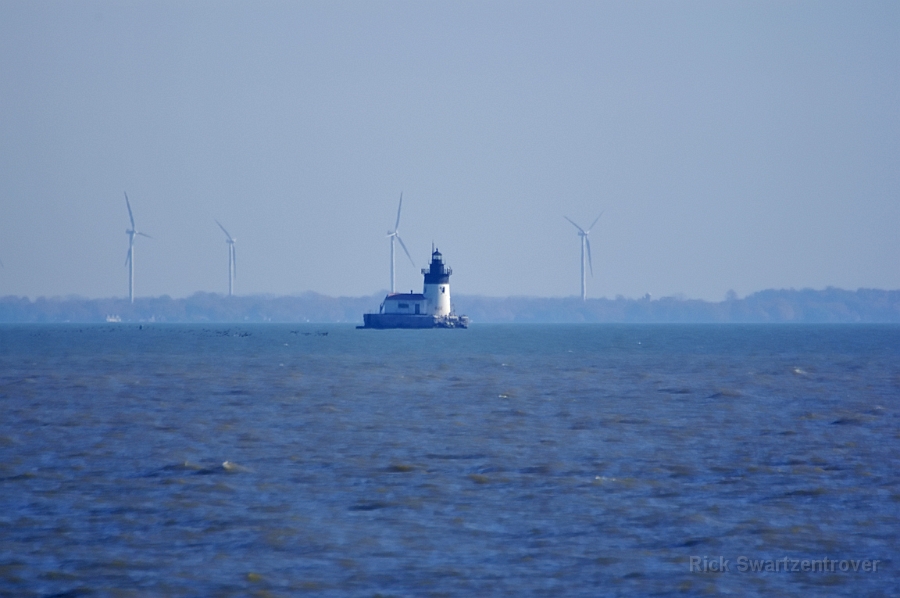 |
||||
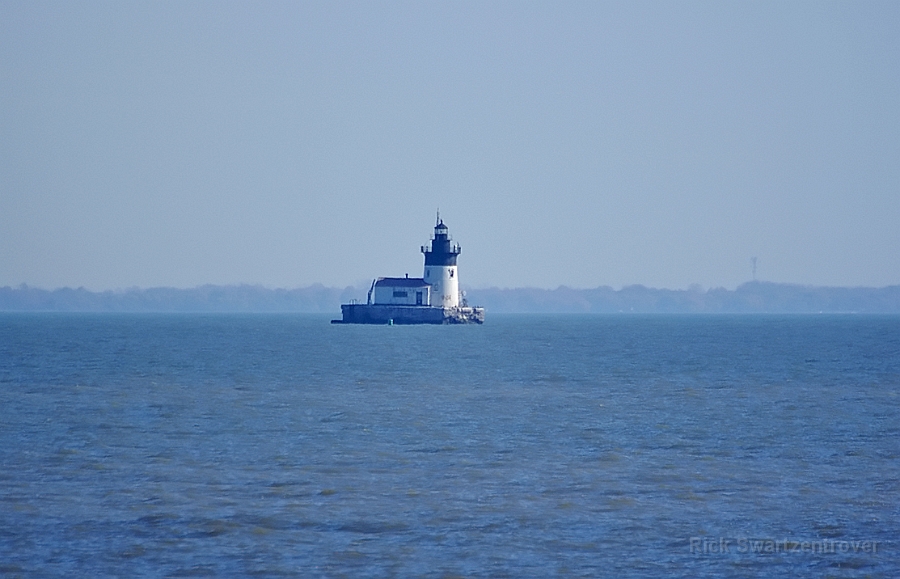 |
||||
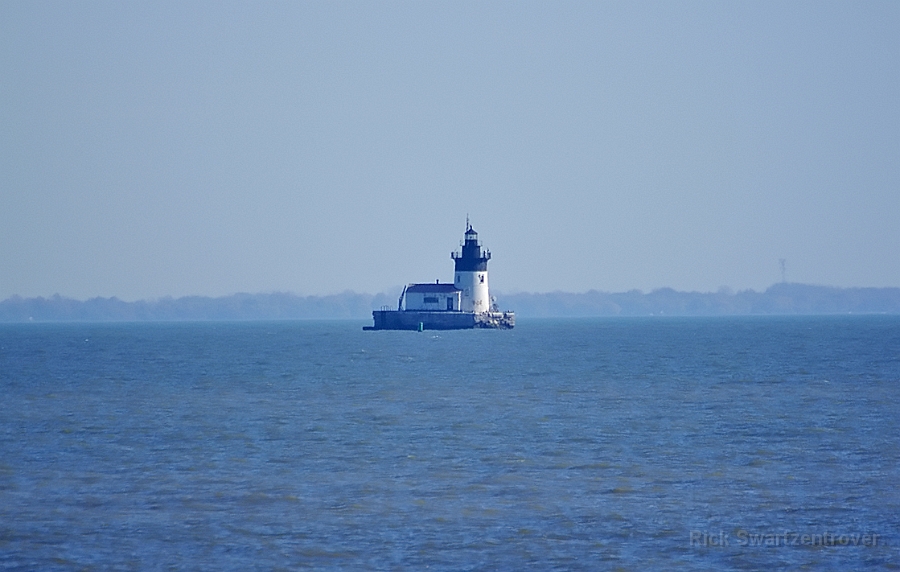 |
||||
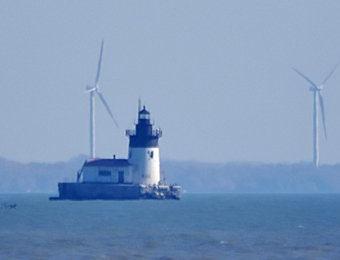 Construction and infrastructure
Construction and infrastructure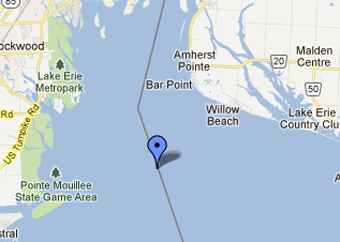 The light today
The light today